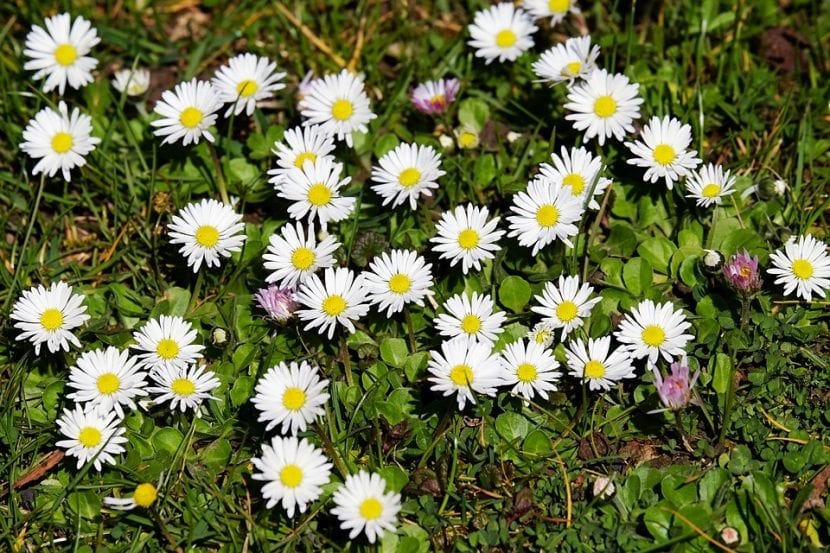
Plants of the genus bellis They are one of the most interesting to have in a garden, or to make with them beautiful compositions with other similar herbaceous plants that grow to more or less the same height.
Its flowers are undoubtedly its main attraction. They can be small or medium, but they are all very pretty. The best known is the margarita, but there are many more that I am going to present to you below.
Origin and characteristics of the Bellis
The botanical genus Bellis is composed of 10 species of herbs belonging to the Asteraceae family originating from the temperate and cold regions of central and western Europe. They grow into basal rosettes of oval or spatulate leaves, which sprout from creeping rhizomes that are found under the surface of the soil. Its flowers, which appear in spring, are produced in inflorescences, which usually close at night and reopen at dawn.
They reach a height of between 10 and 30 centimeters, and are found especially in open fields, in areas exposed to direct sunlight.
Main species
The best known are:
bellis annua
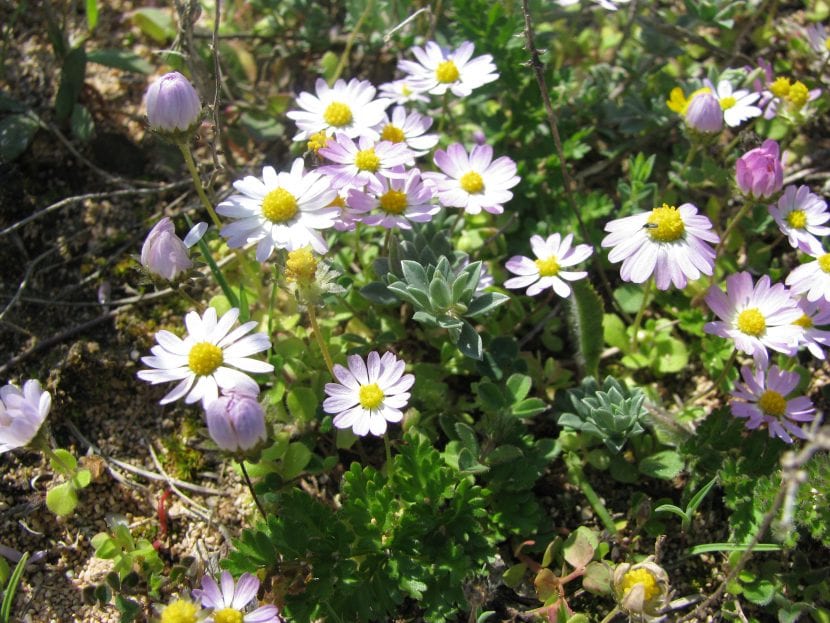
Image - Wikimedia / Hagen Graebner
Known as annual margarita or bellorita, it is an annual cycle herb that grows up to 20-30 centimeters tall. The leaves are serrated and spatulate, 2-5 centimeters long and with a serrated margin. The flowers are white.
Bellis perennis
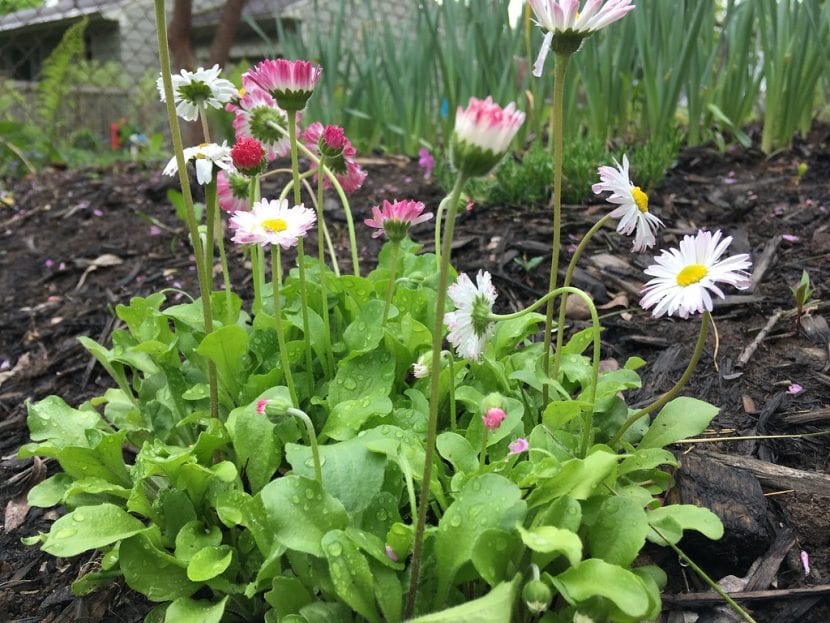
Image - Flickr / alex ranaldi
Known as chiribita, pascueta, vellorita or common daisy, it is a herbaceous perennial that reaches 20 centimeters in height. Its leaves are obovate-spatulate, crenate or toothed-rounded. The flowers are white, sometimes purple.
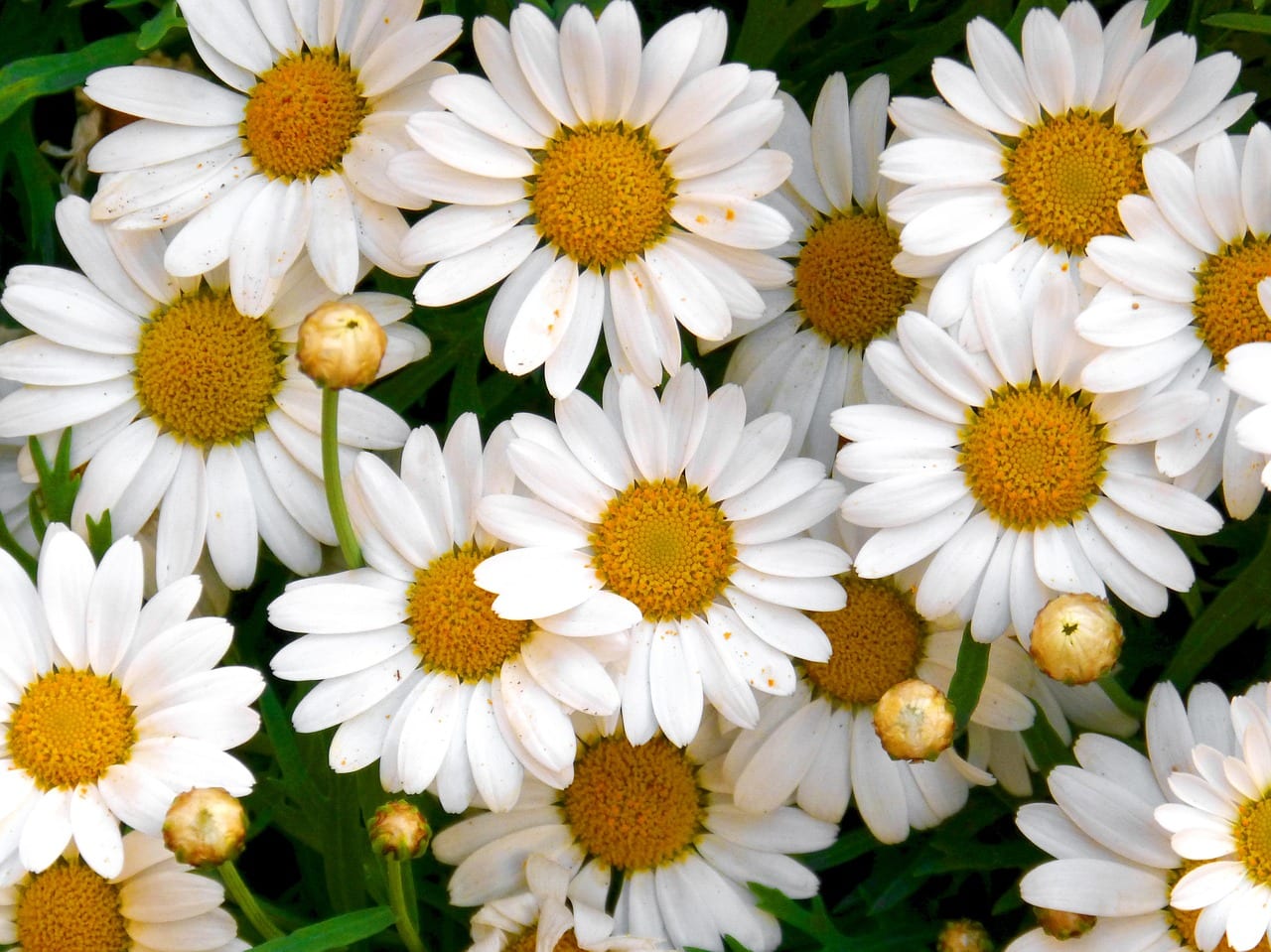
Bellis sylvestris
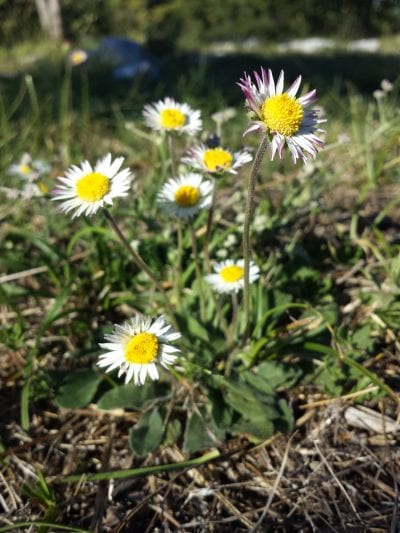
Image - Wikimedia / Stefan.lefnaer
Known as wild daisy or bellorita, it is a perennial plant that grows to 15-20 centimeters tall. The leaves are serrated and spatulate, measuring 2 to 5 centimeters long. The flowers are about 3 centimeters in diameter and white.
How are Bellis cared for?
Keeping them in a well-kept garden or yard is not difficult. But so that there are no problems, or so that in the event that these arise you can know what measures to take, here is your care guide:
Location
They are plants that They must be outside, in full sun. In the shade, its stems and, consequently, its leaves, grow weak, etiolate (that is, with elongated shapes and without strength) due to the lack of light.
Earth
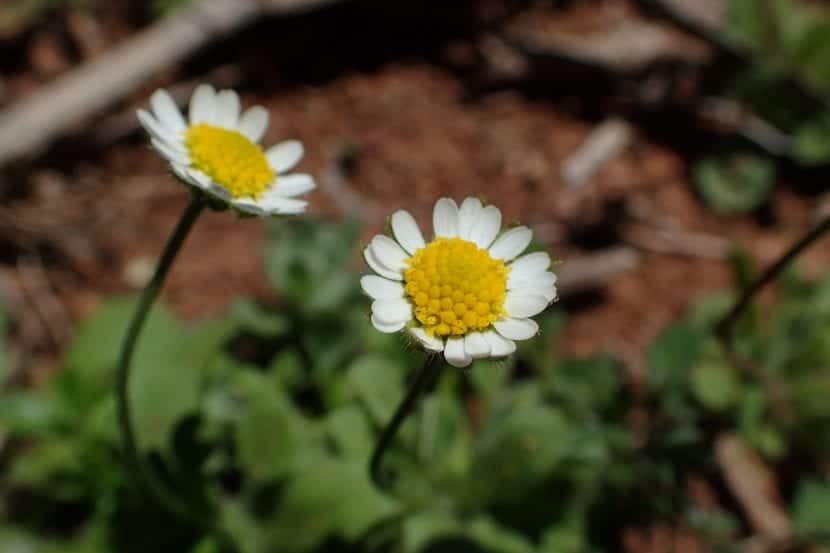
Bellis microcephala // Image - Wikimedia / Krzysztof Ziarnek, Kenraiz
They are not demanding at all, but ...:
- Garden: they grow on almost all types of land. Even so, if the one you have is very compact and / or poor in nutrients, do not hesitate to mix the one you take from the planting hole with 20% as much cow manure (for sale No products found.) and / or perlite (for sale here) depending on your case.
- Flower pot: as it is about daisies, you can use universal substrate without problems (you have it for sale here).
Irrigation
It will depend on the weather and the season of the year in which you are, but in general it will be necessary to water about 4 times a week during the summer season and 1-2 times a week the rest of the year. In any case, it is important to avoid waterlogging as well as drought; In other words, it is necessary to ensure that the plants always have the right amount of water.
Every time you water, make sure that the soil or substrate is capable of absorbing the water, otherwise you will have to drive a thin stick, preferably metal, several times to break the soil a little. Another thing you can do if necessary if you have it in a pot is to take it and place it in a basin of water for 30 minutes until it is well soaked.
Subscriber
From early spring to late summer It is advisable to fertilize the Bellis so that they can have good growth and better development. Use organic fertilizers if possible, but you can also use compound fertilizers such as universal. Of course, if you intend to grow common daisies (Bellis perennis), since these plants have culinary and medicinal uses, it is better to pay them with ecological fertilizers.
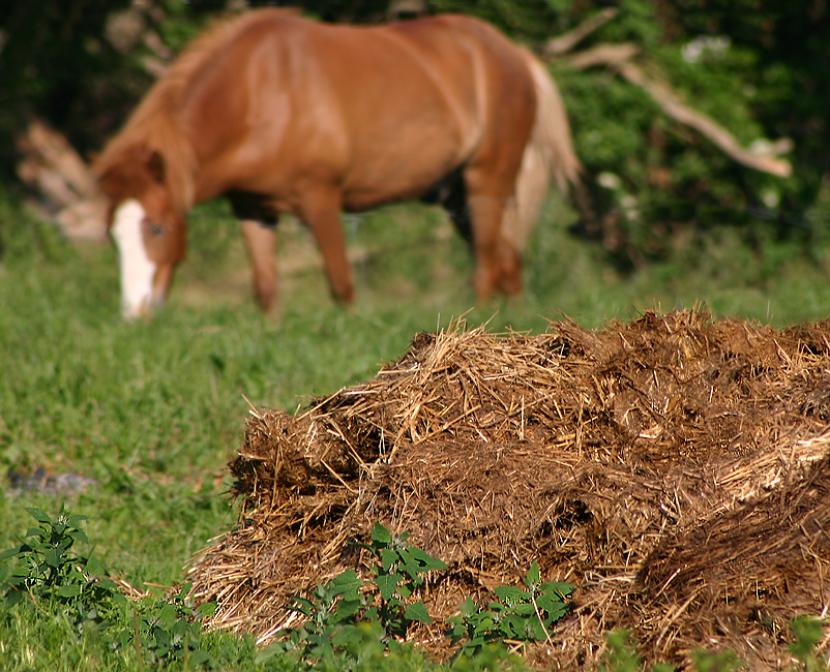
Multiplication
They multiply by seeds in summer-autumn. Also in spring if they are kept in a cool and dry place during winter. The step by step to follow is as follows:
- First, fill a seedbed with universal substrate and water.
- Then place a maximum of two seeds in each socket.
- Then cover them with a thin layer of substrate.
- Then water again.
- Finally, place the seedbed outside, in full sun.
Keeping the substrate moist, they will germinate in a week or ten days at most.
Pests
They can be attacked by trips, found in flowers. They do not cause serious damage, although it is interesting to know that they are easily removed with the help of a small brush soaked in pharmacy alcohol.
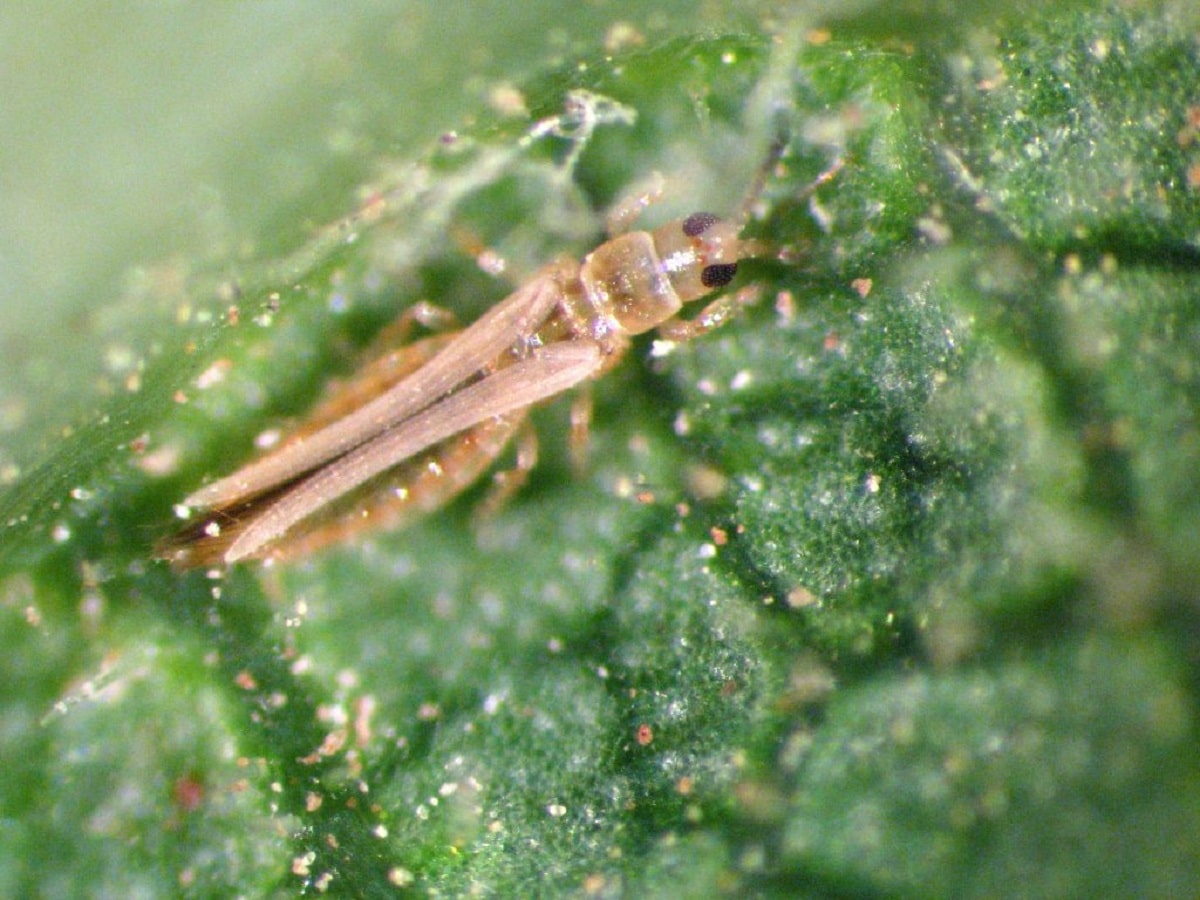
Management
They are sensitive to:
- Botrytis: causes drying of leaves and stems, covering them with a gray mold. It is treated with fungicide and avoiding wetting them with irrigation. More information.
- Pythium: it is a common fungus in seedbeds. It can be prevented by applying powdered copper or sulfur to them.
- septoria: it is a fungus that causes irregular spots of pale or reddish yellow color to appear on the leaves. Treat with fungicide.
- cercospora: it is a fungus that causes the appearance of circular spots on the leaves. It must also be treated with a fungicide.
Planting or transplanting time
In spring.
Rusticity
Most of the Bellis do not resist the cold, but the species that are perennial endure frosts of down to -7ºC.
What uses are given to Bellis?
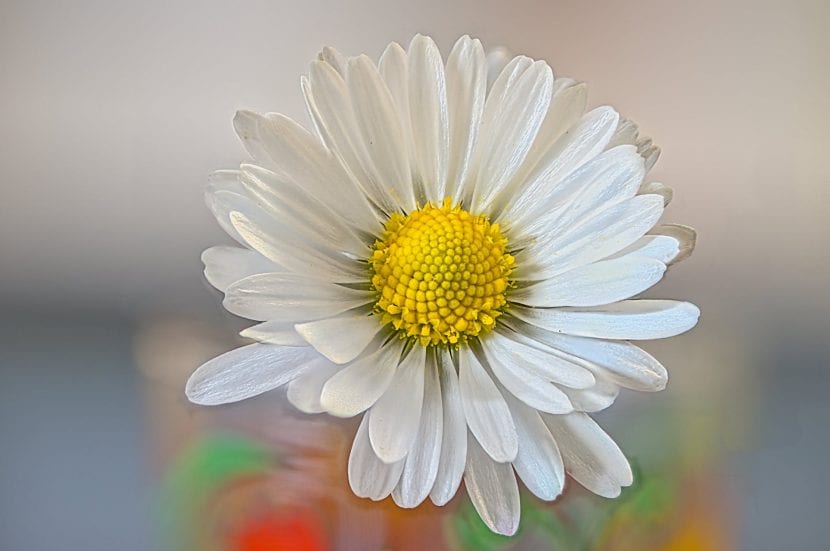
Most are used as ornamentals, but the leaves of the Bellis perennis are consumed in salads, and also has medicinal properties to be antitussive, diuretic, healing, sudorific, digestive, ophthalmic, laxative and purgative.
What do you think of these plants?